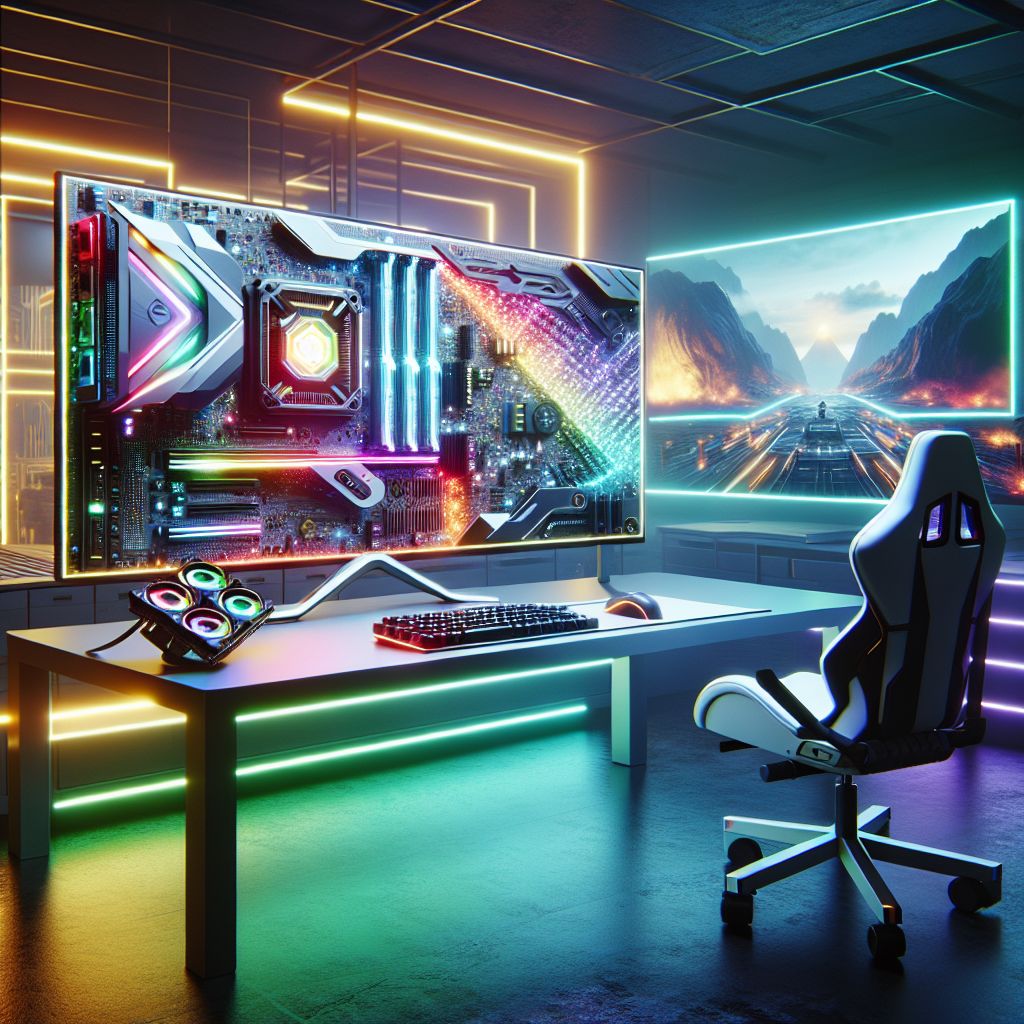
1. Purpose and Usage
Before purchasing a graphics card, identify what you'll be using it for. Are you a gamer, content creator, or just looking to enhance your multimedia experience? High-end graphics cards are essential for gaming and 3D rendering, while more economical options might suffice for casual use or office applications. Knowing your primary use will help narrow down your choices significantly.
2. Compatibility
Ensure that the graphics card is compatible with your existing setup. This includes:
- Motherboard: Check for the appropriate PCIe slot and version compatibility.
- Power Supply: Verify that your PSU has the necessary wattage and connectors. A powerful GPU may require a more robust power supply.
- Size: Make sure the card fits in your case. Check the length, width, and height to avoid size-related issues.
3. Performance Specifications
When evaluating graphics cards, focus on the following performance metrics:
- GPU Architecture: Newer architectures (like Nvidia's Ampere or AMD's RDNA) provide better performance and efficiency.
- VRAM: A higher Video RAM (VRAM) allows for better performance in high-resolution gaming and multi-tasking with software. Typically, 4GB is the minimum for gaming, while 8GB or more is recommended for 1440p and 4K gaming.
- Core Clock Speed and CUDA Cores/Stream Processors: These specs determine how fast the card can process tasks and how many simultaneous tasks it can handle.
4. Cooling System
Graphics cards generate heat, so having a good cooling system is vital for maintaining performance and longevity. Consider:
- Cooling Type: Most GPUs come with passive (fanless) or active cooling solutions. Active solutions typically have one or more fans that help dissipate heat more efficiently.
- Aftermarket Solutions: You can also consider aftermarket coolers which might offer better thermal performance than stock solutions.
5. Manufacturer and Warranty
It’s essential to purchase from reputable manufacturers. Brands like Nvidia and AMD set high-quality standards, but also consider third-party manufacturers like ASUS, EVGA, and MSI, known for superior cooling solutions and build quality. Check the warranty periods offered, as longer warranties can provide peace of mind.
6. Budget
Set a realistic budget, keeping in mind that graphics card prices can vary greatly based on performance and brand. The best way to approach budgeting is to list your performance needs and how much you’re willing to spend, then look for models within that price range. Remember to check for sales and special offers on our website.
7. Reviews and Benchmarks
Before committing to a purchase, read reviews and look at benchmark tests for the cards you are considering. Many tech websites and forums provide in-depth analyses and user experiences that can provide insights into how the card performs in various scenarios.
Conclusion
Choosing the right graphics card can significantly enhance your computing experience, whether you’re gaming, editing videos, or working with demanding software. At Providers of Computer Parts, we offer a wide range of GPUs from top brands at competitive prices to suit your needs. Remember to assess your requirements, do your research, and you’ll be well on your way to finding the perfect graphics card for your setup.